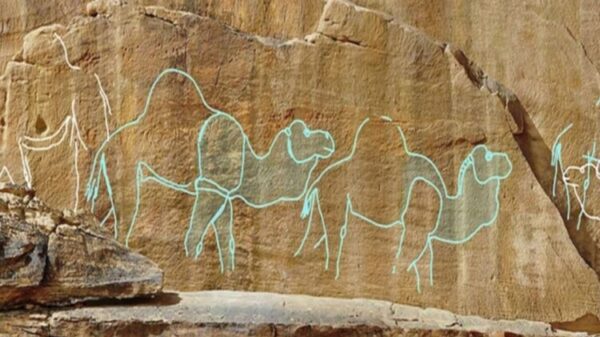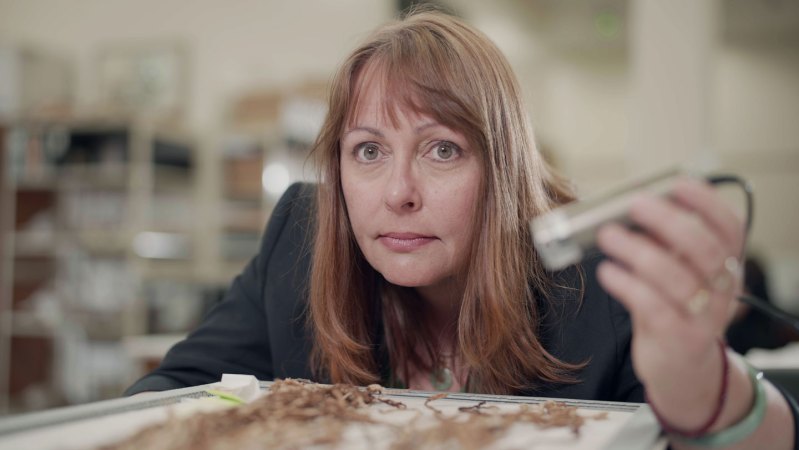A remarkable discovery involving a 104-centimeter-long hair is poised to alter long-standing perceptions of record-keeping in Inca society. Researchers have analyzed the hair, which was part of a knotted device, revealing insights into the owner’s diet. This analysis suggests that record-keeping practices were not exclusive to the elite class but likely included commoners as well.
The hair was found in a site located in present-day Peru, a region rich in archaeological significance. The knotted device, a tool traditionally used by the Incas for recording information, has now provided a unique glimpse into the dietary habits of a broader segment of the population. By examining the hair’s composition, scientists have identified a simple diet that supports the idea of widespread literacy and record-keeping among various social strata.
Reevaluating Inca Society
Historically, the Inca civilization, which thrived from the early 15th century until the Spanish conquest in the 16th century, has been viewed predominantly through the lens of its elite. Previous interpretations suggested that only the ruling class engaged in complex record-keeping, utilizing quipus—an intricate system of knotted strings. This recent finding challenges that notion, indicating that commoners, too, participated in these practices.
The analysis was conducted by a team of researchers specializing in ancient diets and cultural practices. According to lead researcher and archaeologist Dr. Maria Gonzalez, “This discovery opens up new avenues for understanding the social dynamics of Inca society. It highlights that knowledge and literacy were likely more widespread than previously thought.”
The knotted device, alongside the hair, has been dated to around AD 1400, a period when the Inca Empire was expanding and solidifying its control over vast territories. The implications of this find suggest a more inclusive societal structure, where common people were not merely subjects of the elite but were engaged in significant cultural practices.
Broader Implications for Archaeology
This discovery also holds broader implications for the field of archaeology. It underscores the importance of integrating biological analysis with traditional archaeological methods. By examining organic materials, such as hair, researchers can derive information that complements artifacts and structures.
The findings invite further research into other aspects of Inca life, including trade, agriculture, and community organization. Dr. Gonzalez emphasized that “Every piece of evidence contributes to a fuller picture of the past. Understanding the diet and lifestyle of various social classes can reshape our approach to studying ancient civilizations.”
As this research progresses, it may lead to a reevaluation of not just Inca history, but also the methodologies used to interpret ancient societies. The implications of this hair analysis extend beyond the individual findings, potentially reshaping the narrative of a civilization that has fascinated historians and archaeologists for centuries.
This new perspective on Inca society serves as a testament to the complexity of ancient cultures, inviting both scholars and the public to reconsider preconceived notions about social hierarchies and cultural practices.






































































